How to solve the rotten Roots of Cymbidium by several steps
The flowers of Cymbidium are bright and have high ornamental value, but the cultivation of Cymbidium is not so easy, so it is necessary to master strong breeding technology. If the leaves are not taken care of enough, the leaves are easy to turn yellow. in addition, the orchid may also have rotten roots. what is the harbinger of rotting roots? What about the rotten roots of a gentleman's orchid? The following is an introduction to the causes and solutions of the rotten roots of Cymbidium.
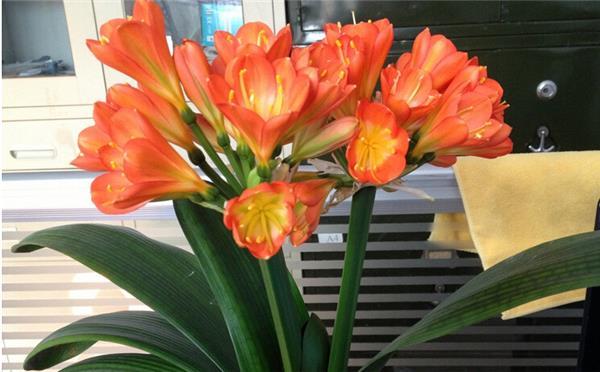
The omen of the rotting root of the gentleman orchid.
The injury of the root of the gentleman orchid, the gradual thinning and discoloration of the leaf is a sign, and the yellowing of the leaf tip is a signal. Once signs of root injury are found, the plant must be quickly poured out of the basin to wash the roots, cool and dry, plant slow seedlings with plain soil, and then re-use culture soil for maintenance. While changing the soil, the wound should be smeared with plant ash or sulfur powder to prevent decay. After changing the soil, move the flowerpot in the shade to prevent rain, but spray the leaves with clean water every day to keep the leaves and topsoil moist. This can not only provide water to the leaves, but also make the injured roots in a dry environment, so as to promote the rapid dry shrinkage and healing of the wound. When the softening part of the leaf stops developing and the softened part dries up, the amount of water will be increased gradually from less to more until the normal management is restored.
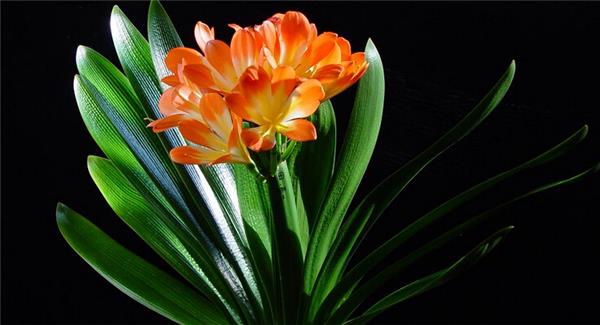
What about the rotten roots of the orchid?
☆-- improving the quality of nutritious soil
The permeability of the nutritious soil is not good; the soil is overripe or overgrown, and the tussah leaves used before preparing the nutritious soil cannot be overrotted or overgrown. If the nutritious soil is prepared with unmatured tussah leaves, heat will be generated after fermentation in the basin. However, the oak leaves are too rotten and a small amount of river sand is added, which makes the soil quickly become mud in the basin. Under the condition that the soil is sticky, the water content is not easy to evaporate, and the permeability is extremely poor, bacteria often enter from the wound. So when changing the basin, you should be careful not to hurt the leaves and roots. All the above factors will cause local discoloration and decay of the root system, and in serious cases, the whole root system will rot in a very short time.
☆-adjust the amount of fertilizer, watering the right amount
The magnolia should not fertilize too much, otherwise it will generate heat and cause root system to burn and rot. Watering should also be appropriate, too much will make the nutrient soil water content is too large, poor permeability, root breathing difficulties, resulting in rotting roots. Be careful not to water the heart of the orchid.
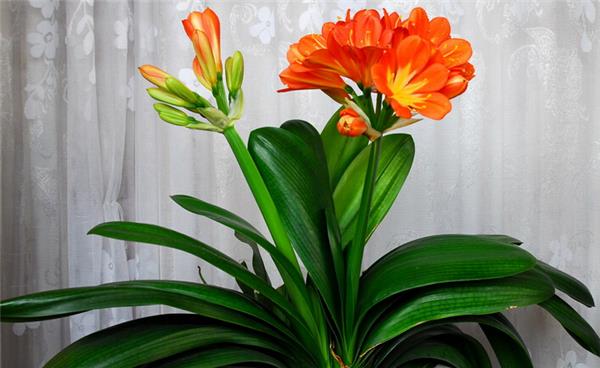
☆-- breeding with bacteria in nutritious soil
High-temperature and humid environment to prevent bacterial reproduction, bacterial infection, in this environment, a large number of bacteria multiply, directly invade the root system and cause rotting root. Therefore, in the summer and autumn high temperature season, excessive fertilization and watering, it is easy to appear root rot. It is necessary to strengthen cooling and ventilation, control man-made mechanical injuries in high temperature season, spray drugs in time to prevent insect bites, and reduce the reproduction and spread of germs. Sometimes the pathogen overwinters in the soil with the disease residue, and the flower soil must be sterilized when changing the soil in spring.
☆-- Control method of rotten Root of Cymbidium
The planting process of Cymbidium should be observed frequently, and if it is found that there is a rotten root phenomenon, it should be treated immediately. Take out the plant, remove the rotten root, rinse the root with 1% potassium permanganate water for disinfection, or apply some charcoal powder to the affected area and sun the root in the greenhouse for about 30 minutes. If the rotten root is more than 50% or all rotten, use the above method to treat and then use river sand to promote the root. The root-promoting temperature should be higher than the normal temperature, which is generally controlled at about 22-30 ℃, so that new roots will grow after about 2 months, and then transplanted to the nutrient soil basin.
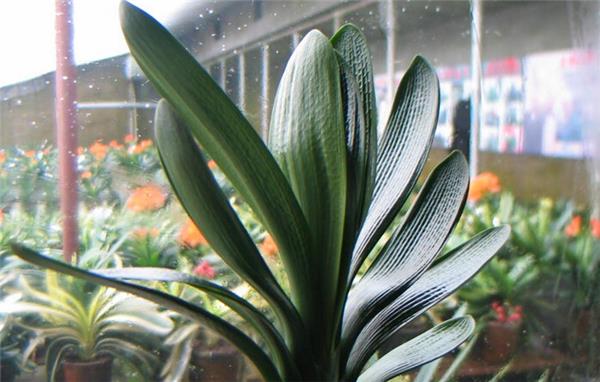
The rotten roots of Cymbidium will cause irreparable losses to the growth and flowering of the plant, no matter how they are rescued in time, and it will take quite some time to fully restore their growth. Therefore, at ordinary times, we should do a good job of prevention as far as possible to avoid the occurrence of rotting roots, and what are the main measures to prevent the rotting roots of Cymbidium?
Measures to prevent the rotting Root of Cymbidium
☆-- 1. Make a good culture soil.
The practice shows that 4 parts of peat soil, 4 parts of rotten leaf soil and 2 parts of coarse sand make it a loose and fertile acid culture soil with good drainage and air permeability. Planting Cymbidium with this kind of culture soil is beneficial to the development and robustness of the root system, and can effectively avoid rotting roots.
☆-- 2. Choose the appropriate flowerpot.
The tile basin with good water absorption and ventilation performance is more suitable, especially the long tube tile basin is better, which is not only conducive to the downward extension of the root system, but also makes the soil of the root not wet for a long time because of the small distance between the basin wall and the root system. The size of the flowerpot should be changed with the development and growth of the orchid plant, and it is not suitable for small seedlings to be planted in large pots or large plants squeezed in small pots.
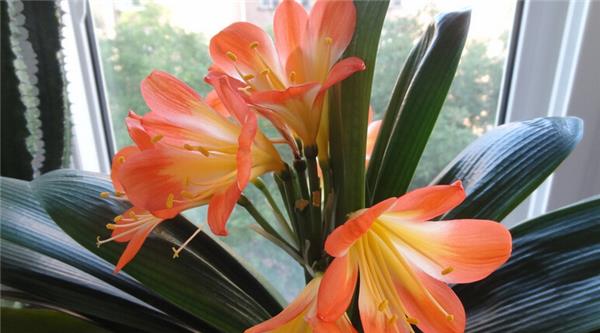
☆-- 3. Don't water too much.
It should be rewatered when the surface of the basin soil is dry, and it can not be watered for several days after a thorough pouring. If the water content of potted soil is too large for a long time, the fleshy root of Cymbidium is easy to soak. In the spring and autumn, the magnolia grows vigorously, and the water can be watered more appropriately. In summer, we should strictly guard against long rain and stagnant water. In winter, according to indoor temperature and humidity, it is usually watered once a week or so.
☆-- 4. Fertilization should be moderate.
Gentleman orchids do not use thick fertilizer, especially raw fertilizer that is not fully ripened. No fertilizer is applied in the hot summer season. During the normal growth period, fully mature dilute organic liquid fertilizer can be poured every 10 days or so, and 0.2% urea and 0.1% potassium dihydrogen phosphate solution can be sprayed as extra-root topdressing.

This is the end of the introduction of gentleman orchid culture and other knowledge. As for the problems such as how to do and how to prevent the rotten roots of Cymbidium, I believe it can be reasonably explained. I hope this article can help you better cultivate Cymbidium.
☆-- 2. Choose the appropriate flowerpot.
The tile basin with good water absorption and ventilation performance is more suitable, especially the long tube tile basin is better, which is not only conducive to the downward extension of the root system, but also makes the soil of the root not wet for a long time because of the small distance between the basin wall and the root system. The size of the flowerpot should be changed with the development and growth of the orchid plant, and it is not suitable for small seedlings to be planted in large pots or large plants squeezed in small pots.

☆-- 3. Don't water too much.
It should be rewatered when the surface of the basin soil is dry, and it can not be watered for several days after a thorough pouring. If the water content of potted soil is too large for a long time, the fleshy root of Cymbidium is easy to soak. In the spring and autumn, the magnolia grows vigorously, and the water can be watered more appropriately. In summer, we should strictly guard against long rain and stagnant water. In winter, according to indoor temperature and humidity, it is usually watered once a week or so.
☆-- 4. Fertilization should be moderate.
Gentleman orchids do not use thick fertilizer, especially raw fertilizer that is not fully ripened. No fertilizer is applied in the hot summer season. During the normal growth period, fully mature dilute organic liquid fertilizer can be poured every 10 days or so, and 0.2% urea and 0.1% potassium dihydrogen phosphate solution can be sprayed as extra-root topdressing.

This is the end of the introduction of gentleman orchid culture and other knowledge. As for the problems such as how to do and how to prevent the rotten roots of Cymbidium, I believe it can be reasonably explained. I hope this article can help you better cultivate Cymbidium.
Related
- Wuhan Hospital Iron Tree Blooming Result Was Instantly Frightened by the Gardener Master
- Which variety of camellia is the most fragrant and best? Which one do you like best?
- What is the small blue coat, the breeding methods and matters needing attention of the succulent plant
- Dormancy time and maintenance management of succulent plants during dormancy
- Minas succulent how to raise, Minas succulent plant pictures
- What are the varieties of winter succulent plants
- How to raise succulent plants in twelve rolls? let's take a look at some experience of breeding twelve rolls.
- Attention should be paid to water control for succulent plants during dormant period (winter and summer)
- Watering experience of twelve rolls of succulent plants
- Techniques for fertilizing succulent plants. An article will let you know how to fertilize succulent plants.



